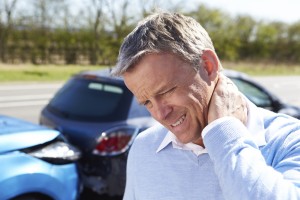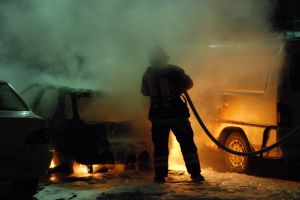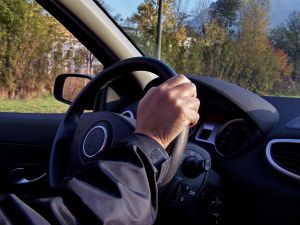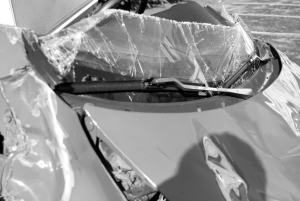West Virginia Drivers Risk Neck Injuries in Rear-End Crashes
West Virginia motorists, like all drivers throughout the United States, could become involved in a rear-end accident at any time. In fact, a personal injury lawyer knows that a rear-end crash occurs once every 17 seconds on U.S. roadways. When rear-end accidents occur, drivers risk many different injury types including facial injuries and broken bones. However, one of the most common injuries to occur after a rear-end accident is whiplash.
Whiplash can be debilitating and there is no clear cure to this condition. As a result, prevention of whiplash is very important. The best way to prevent whiplash is to avoid a rear-end crash, but you cannot control who is behind your vehicle and what they do. This means you need to make sure your car is as safe as possible so you have a reduced chance of serious injury when a rear-end accident happens.
Preventing Whiplash in Rear-End Accidents
According to Consumer Reports, many vehicles that were made before 2009 do not have adequate protections for whiplash.
Whiplash can be prevented by using an effective head restraint system. However, in 2004 and 2005, tests conducted by the Insurance Institute for Highway Safety found that almost half of all front head restraints in vehicles received a rating of “Poor.” Only 12 percent of head restraint systems in vehicles of these model years received a rating of “Good.”
To address this problem, new federal standards were set in 2005 imposing minimum height restrictions for the restraints and setting limits on the amount of distance allowed between a person’s head and the front restraint. The new regulations phased in over several years and by 2009, all vehicles were required to have the new head restraint systems. This made a big difference and IIHS tests of 2014 vehicles showed that 95 percent of cars received a “Good” rating for their head restraints.
Because safety technologies have advanced a lot in recent years (and not just when it comes to whiplash prevention), those with older vehicles may wish to consider an upgrade to a car with more advanced safety technologies.
Any driver, however, can take some steps to try to prevent whiplash in whatever vehicle he happens to be in. For example, most head restraints are adjustable so you need to make sure that they are positioned properly. The top of the restraint should be ideally at the top of your head, but when this is not possible, it needs to reach at least up to the top of your ears. The restraint should also be no more than four inches from the back of your head.
Wearing a seat belt and sitting upright in your car can also reduce the chances of whiplash occurring. And, if you are in your car and see a rear vehicle coming towards you, be sure to lean back and press your head against the restraint while looking forward.
Contact a West Virginia accident attorney at the Recht Law Offices. Call 1-800-487-8546 today for a free consultation or visit http://www.rechtlaw.com.















